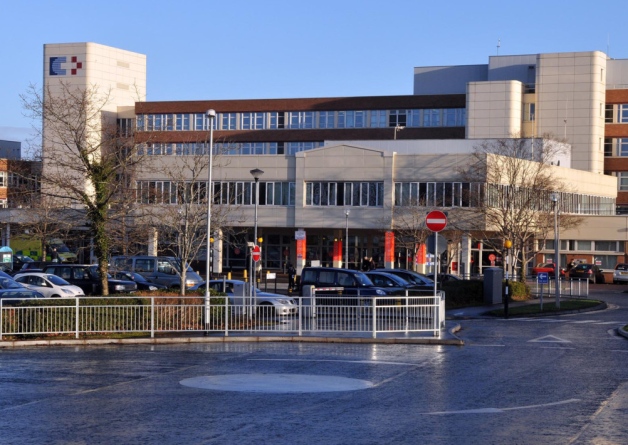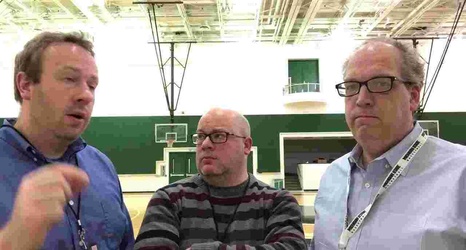

This decision was likely if 1,000 casualties were received in a day. At this point an important decision would be: Should he receive an operation or could it be delayed until at a Base Hospital?įor example, a small perforated wound, gutter wound, flesh wound or small bone fracture made one eligible for re-dressing in the Dressing Room and on to the Evacuation Ward to await a Hospital Train. The process of sorting patients began with their examination on arrival at the Receiving Room which determined where each patient would be routed. The Chief of Medical Service supervised the Medical and Gas Wards and assisted the Chief of Surgical Service in the Receiving Ward.

The Chief of Surgical Service supervised the: The former dealt with records, supply, personnel and administrative matters while the Medical provided patient care as directed by the Chief of Surgical Service and Chief of Medical Service. These hospitals were organized into two parts which were Administrative and Medical. In the center were the Operating Rooms, X-Ray rooms, and adjacent to them the hospital wards. Their Receiving Room and Evacuation Wards were adjacent to a road and rail lines which facilitated patient arrival and evacuation. The plan for Evacuation Hospitals 6 and 7 at Souilly illustrates this by the placement of its rooms and wards. The hospital's layout was designed to quickly treat a large number of admissions. They were located 9 to 15 miles from the front on roads to forward medical units and by rail lines to base hospitals. However, if possible they were placed in villages which provided buildings and access to fuel and water. To move one required ninety 3-ton trucks or 30 rail cars. This meant in practice they were relay stations that treated but did not retain patients any longer than necessary.Įvacuation hospitals were mobile which meant they were housed in tents. In it he clustered hospitals in order to support each other and sited them to allow easy reception and evacuation of their patients to base hospitals. In order to prevent confusion, congestion and over-loading, the army chief surgeon wrote a medical plan for each offensive. Their purpose to provide "with great rapidity" the best possible surgical care was constrained by the number of casualties received per day.

This problem was eventually solved by increasing the patient number to 1,000, finding and enlarging the staff to 34 officers and 237 men, and by allocating their limited number and increasing personnel on an as needed basis.Īlthough, their size varied their function, general layout and location remained consistent. Although, available supplies could equip 22 they had no personnel. Two were to be allocated to an infantry division. The hospital's 432 patients were to be cared for by 16 medical officers and 179 men. Surgery in progress in an operating theatre suite at No 3 Casualty Clearing Station, July 1916 The implication of this was if the Field Hospital was not to provide life saving surgery then it fell to the Evacuation Hospital to perform it. However, experience proved its size, location and requirement to be mobile transformed it into a "magnified and improved dressing station rather than a hospital." In response the army re-defined the function of the Evacuation Hospital to be similar to that of the British Casualty Clearing Station. It was envisioned in 1916 that the Field Hospital would be the "emergency hospital for the battlefield". What caused it to change was the experience acquired in 1917 that forced doctrine and unit missions to adapt in order to provide what was necessary in wartime. However, this was not to be their role in France. This hospital was planned to support the division's field hospitals by receiving their patients when they moved to a new location. Wounded soldiers passed through several medical units beginning with stabilizing emergency care from aid posts, dressing stations and field hospitals that prepared them for treatment at an Evacuation Hospital.


 0 kommentar(er)
0 kommentar(er)
